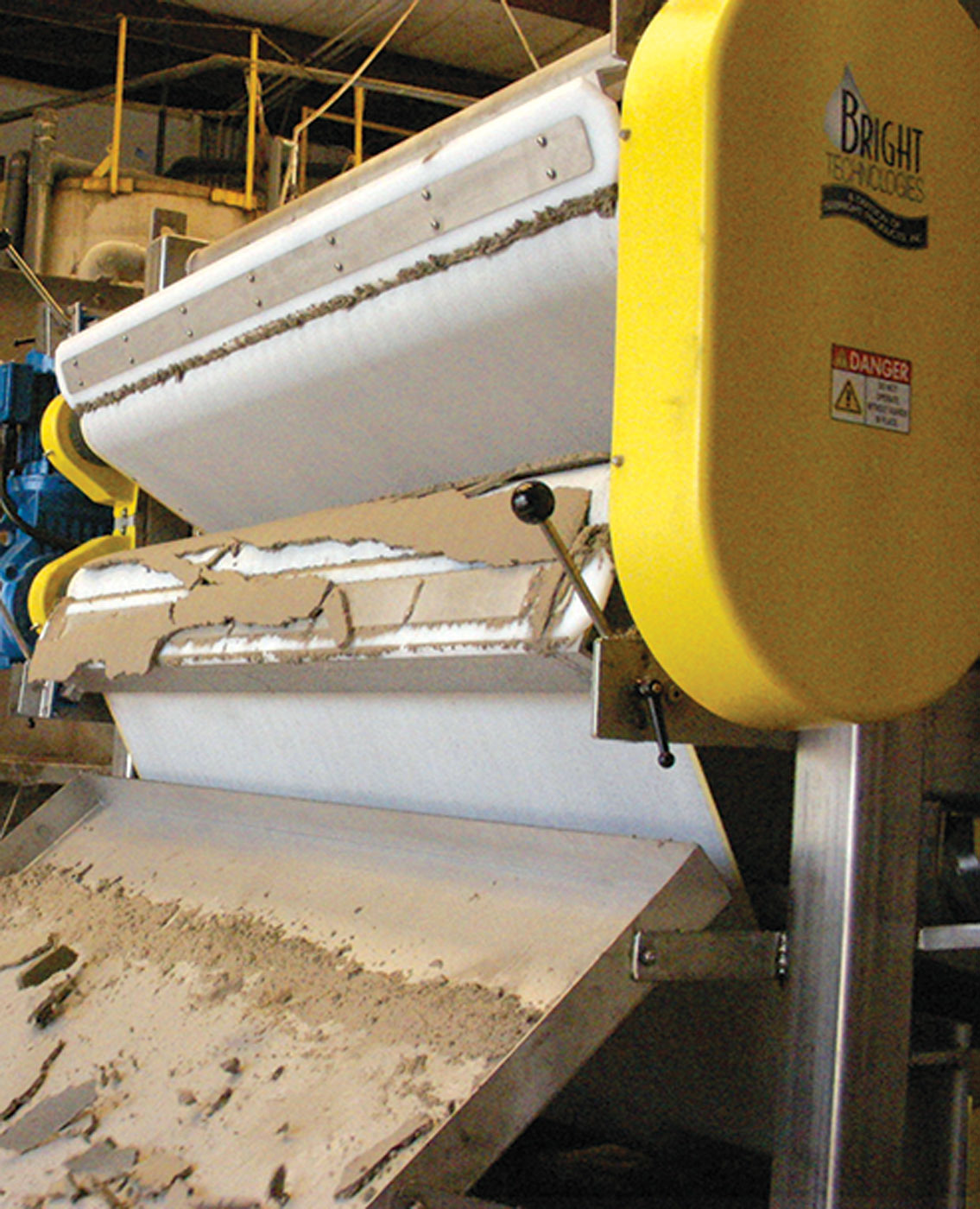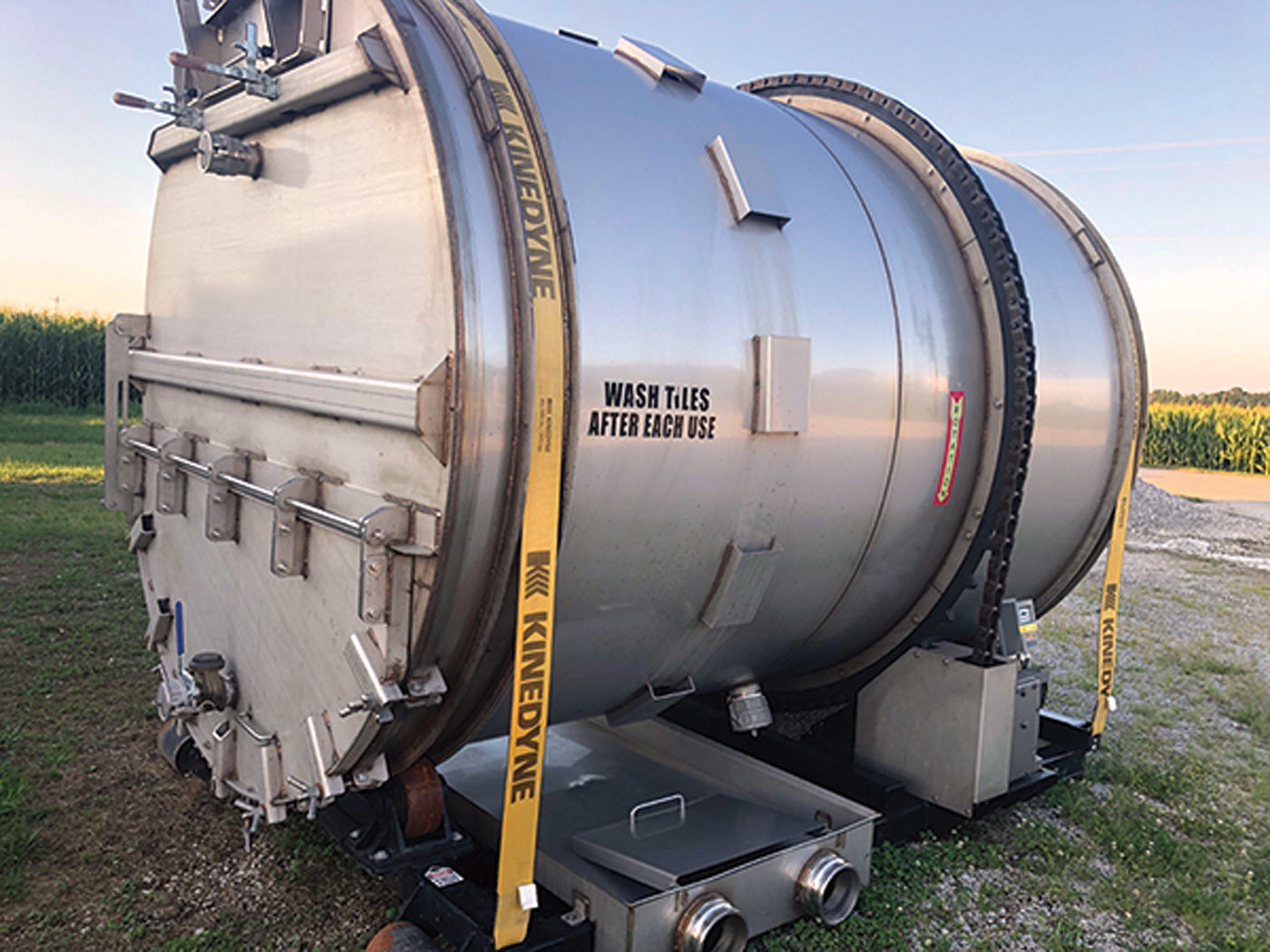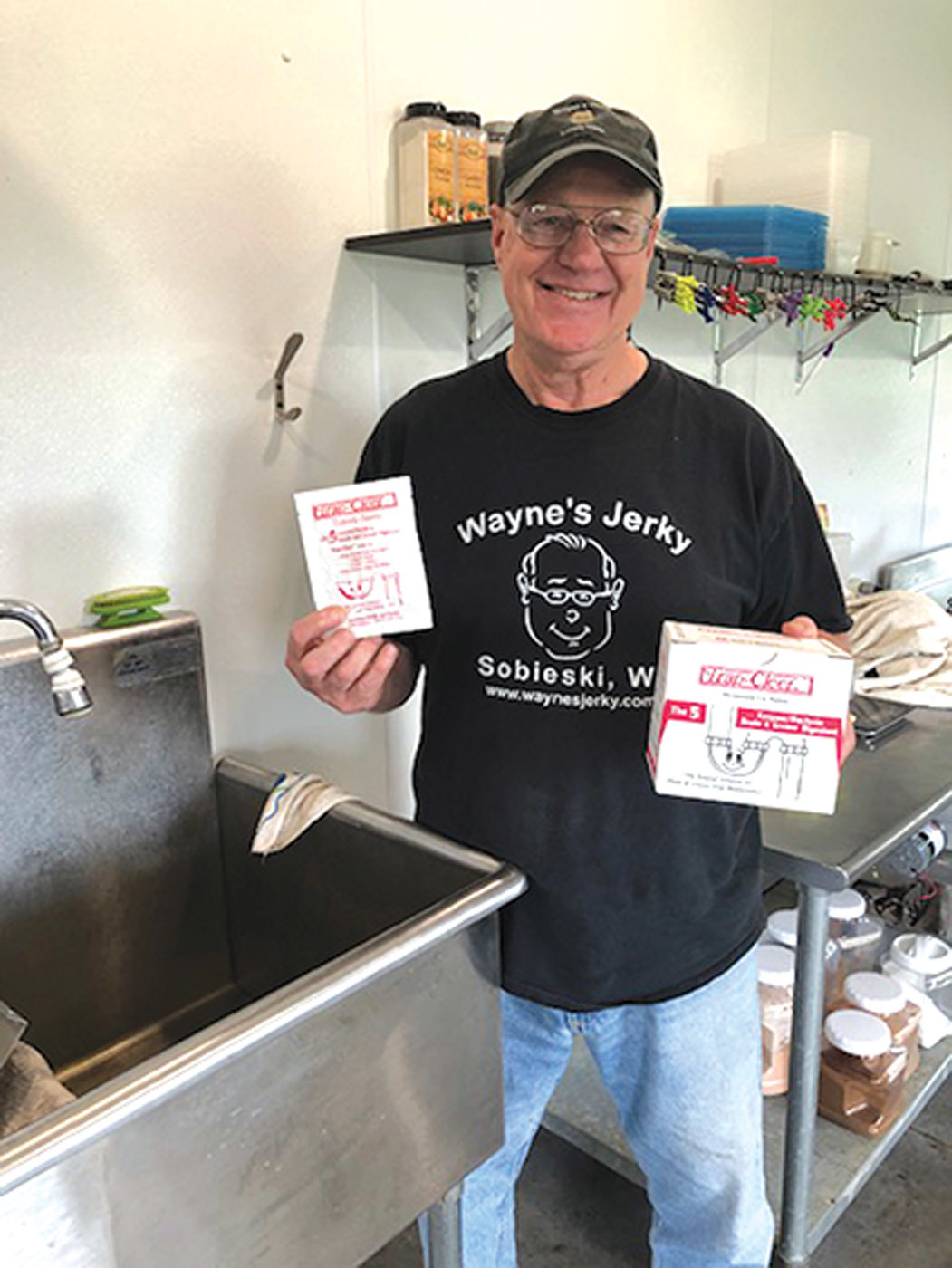Interested in Grease?
Get Grease articles, news and videos right in your inbox! Sign up now.
Grease + Get AlertsBelt press helps processing facility
increase production
Problem: A Midwest liquid waste haulers processing facility was growing so quickly that it was running its dewatering processes 24 hour per day and barely keeping up. Its rotary fan press was slow and broke down frequently while processing the 2% to 6% solids grease trap waste. There was also limited space available for new equipment. They sought to replace the fan press with technology that could process 80,000 to 100,000 gallons in a 10- to 12-hour shift while also utilizing their existing 4-foot-wide belt press.
Solution: Bright Technologies, Division of Sebright Products, engineered a 5.5-foot-wide skid-mounted belt press and filtrate pumping system. The press operates at 170 to 255 gpm at 50% to 60% cake solids.
Result: The new press enabled the facility to make its daily production rate goal without needing to use the other press. The new unit provided higher throughput and cake solids than the facility had previously seen while being more forgiving of sludge variation. In addition, its operator controls are user friendly. 800-253-0532; www.brightbeltpress.com.

Dewatering drum used for grease trap waste
Problem: Cat Cans Portable Services of Manhattan, Kansas, was in need of a way to dispose of the grease trap waste. The company’s initial process was using dewatering bags that were laid out on sloped concrete pads. The water would go down into a holding tank while the waste would be trapped in the bags. However, as more grease trap customers were acquired, the company quickly outgrew the system.
Solution: The company purchased a 10-foot dewatering drum from In The Round Dewatering. The effluent is dumped through a screen into a holding tank, while the finish water goes into another 8,000-gallon holding tank. The company is currently in the process of seeking approval from city officials to have it discharged directly into the city sewer.
Result: The company can process about 20,000 gallons of 70% septic and 30% grease trap mixture before having to rotate the machine and compost the dry product. The dry product goes to a local horse farm, where they have a composting permit. The drum has allowed the grease trap business to expand and has also saved on dump fees. 317-539-7511; www.itrdewatering.com.

Product consumes odor-causing bacteria
at meat processing plant
Problem: Wisconsin’s Wayne’s Jerky regularly works with meat and has blood and organics escape down its sink drains. The drains were starting to get sluggish and had foul odors coming from the P-trap.
Solution: Lenzyme Trap-Cleer specified their Bio product be used at one packet per week. This takes an employee about one minute to do. The product is designed to keep the system flowing properly, consume any organics and out-compete the bad bacteria causing the odors.
Result: After six months of use, odors were gone and sinks were operating properly again. 800-223-3083; www.lenzyme.com.

Grease interceptor replaced in hotel basement
Problem: An Austin, Texas, hotel used a large free-standing grease interceptor located in its basement. The city’s grease ordinance is similar to requirements around the country for kitchen wastewater sewer effluent. Unlike a buried concrete grease interceptor that is subject to compressive forces, the free-standing interceptor is subject to tensile (bending and stretching) forces, requiring steel construction. Due to the harsh environment and punishing pumping services, scratches in the coating quickly led to deterioration and ultimate failure.
Solution: ParkUSA provided and installed the GreaseTrooper GTS grease interceptor. Stainless steel construction offers superior corrosion-resistant performance and durability, according to the manufacturer. It is UPC listed.
Result: Service interruptions and capital expenses were nearly eliminated with proper routine maintenance. 888-611-7275; www.parkusa.com.





